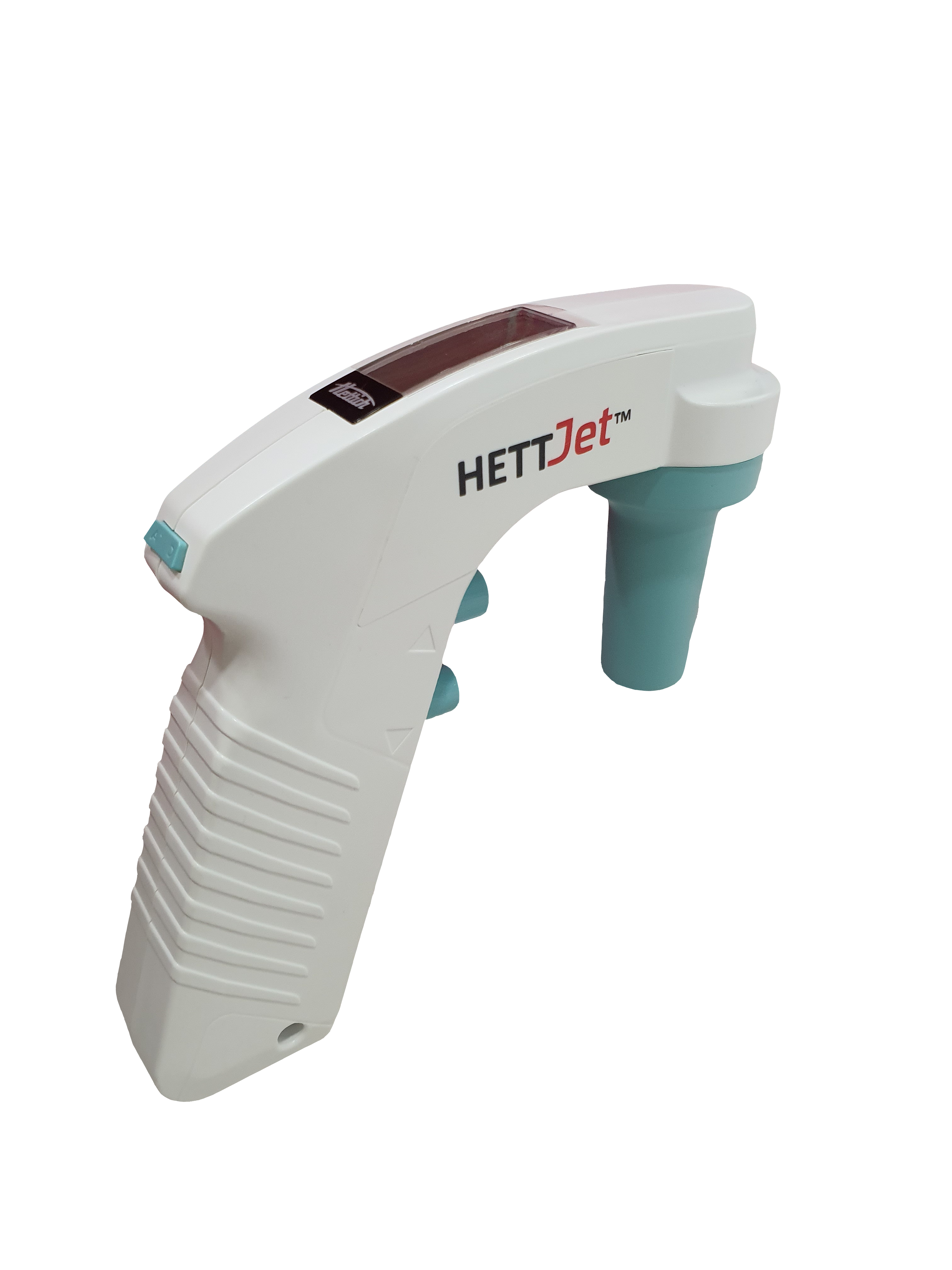
Pipettors are laboratory devices that carry and dispense fluids into a container. They are sometimes known as pipette controllers, since they dispense fluids with accuracy.
Pipettors are used in various workspaces, such as hospitals, research laboratories, clinics, and even industrial plants. They prove to be an important device for handling fluids of small amounts, since these cannot be easily moved from one container to another with precision.
There are ways to use a pipettor. Among the basic steps you should follow when using one are:
- Attach a tip to the pipettor, then press the button to the first stop. Doing this allows you to position the pipettor in a way that it can draw the liquid without risking spillage.
- Dip the tip approximately 2-3 mm under the solution level, then release the button slowly for the solution to aspire to the tip. Going below than 2-3mm may displace the liquid and reduce the amount of fluid to be drawn into the pipettor.
- Slowly take the tip off the liquid. Going fast may also risk spilling and contamination.
- During the transfer of the liquid, the tip should touch a wall of the vessel and just be above the level of any liquid that is already contained in the vessel. This position prevents the fluid from spurting out of the pipettor in case of accident or mishandling (e.g., when the user suddenly shakes his hands due to tension).
- Hold the button in the second position then remove the tip that is still touching the wall of the vessel. Then release the button to release the liquid. Allow the pipettor to release all of the liquid into the vessel before doing another liquid transfer.


